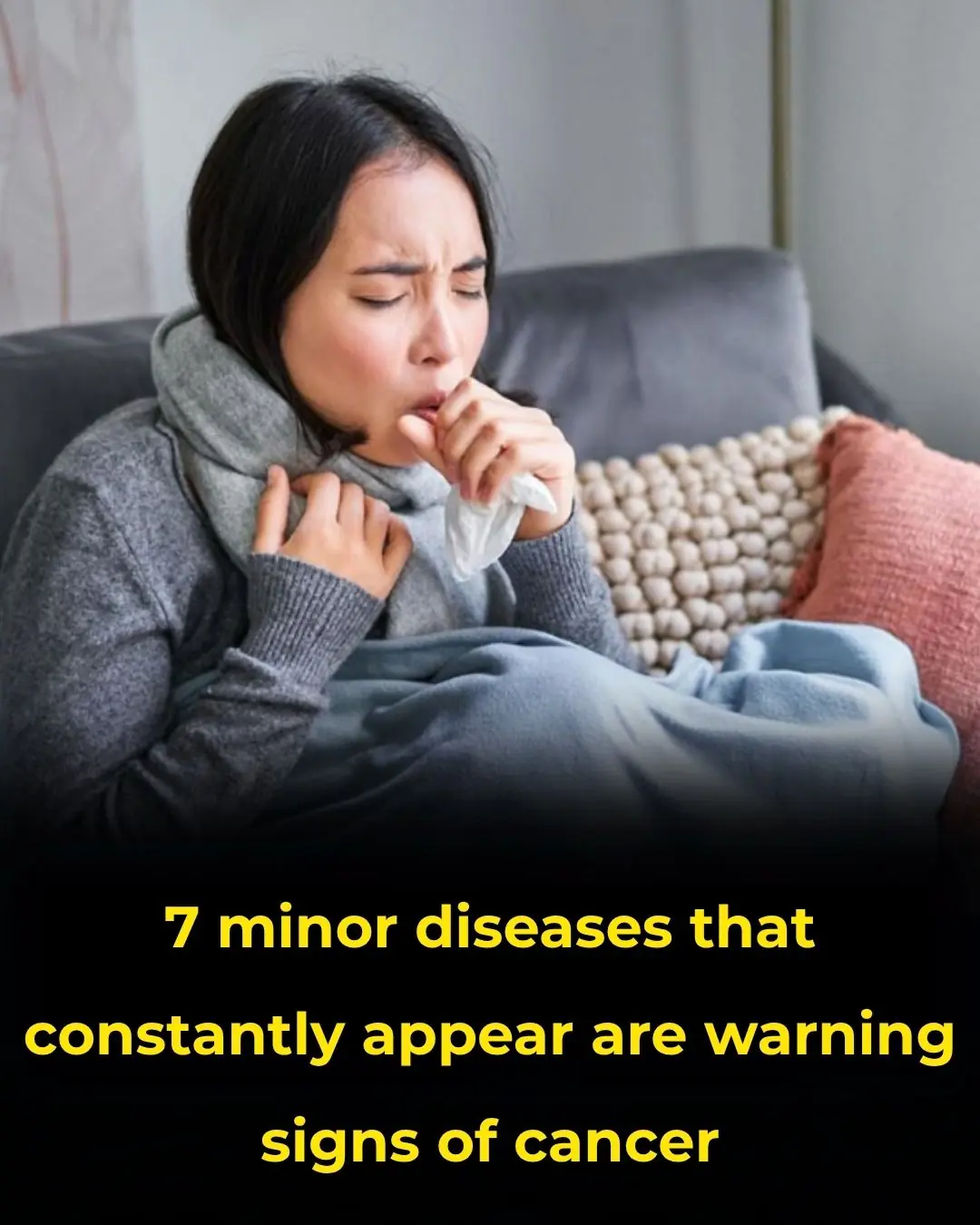
8 Types of Women Most at Risk for Breast Cancer — Are You One of Them?
Breast cancer is the most common cancer among women worldwide.
While many cases appear to develop “out of nowhere,” research shows that certain genetic, hormonal, and lifestyle factors can dramatically increase a woman’s risk.
According to the World Health Organization (WHO), more than 2.3 million new cases of breast cancer are diagnosed each year — and nearly one in eight women will face the disease during her lifetime.
Below are 8 profiles of women that doctors say should pay extra attention to regular screening and lifestyle prevention.
1️⃣ Women With a Family History or Genetic Mutation
About 5–10% of breast cancers are hereditary, caused by inherited mutations in specific genes, primarily BRCA1 and BRCA2.
In healthy cells, these genes repair damaged DNA.
When mutated, they fail to control abnormal cell growth, leading to cancer.
“A woman who inherits a BRCA mutation has up to a 70% lifetime risk of developing breast cancer,” says Dr. Susan Domchek, University of Pennsylvania (2024).
You’re at higher risk if:
-
Your mother, sister, or daughter has had breast cancer.
-
Multiple relatives were diagnosed, especially before age 50.
-
A male relative has had breast cancer.
If this sounds familiar, doctors recommend genetic counseling and testing for BRCA and other mutations like PALB2 or CHEK2.
2️⃣ Women Who Started Menstruating Early or Reached Menopause Late
Hormones play a central role in breast cancer.
Women who start menstruating before age 13 or reach menopause after age 55 are exposed to estrogen for a longer period, increasing cancer risk.
Cancer Research UK (2023) reports that prolonged estrogen exposure can stimulate breast cell growth and raise the chance of mutations.
Being single or sexually inactive may also contribute indirectly by altering hormonal balance, though this factor is still being studied.
3️⃣ Women Who Have No Children or Give Birth After Age 30
Pregnancy changes breast cells, making them more resistant to cancer.
Women who never have children or who have their first child after age 30 are 20–40% more likely to develop breast cancer than those who give birth earlier.
Likewise, not breastfeeding eliminates the protective benefit that lactation provides.
Breastfeeding for a total of 12 months or more can reduce risk by 4.3% for every year, according to the Lancet Breastfeeding Study (2023).
4️⃣ Older Women
Age is one of the strongest risk factors.
While breast cancer can occur at any age, the risk increases dramatically after age 40.
-
Ages 40–59: highest rate of new diagnoses
-
Ages 60–69: steady risk with slower tumor growth
-
Over 70: risk peaks due to cumulative DNA damage
That’s why mammogram screening is recommended every year or every six months for women over 40, especially those with additional risk factors.
5️⃣ Women With Previous Breast Conditions or Cancer History
Benign breast diseases such as fibrocystic changes, cysts, or abscesses can increase risk if left untreated.
While not all benign lumps are dangerous, some conditions (like atypical hyperplasia) can evolve into cancer over time.
American Cancer Society (2024) notes that women with a previous diagnosis of ovarian, fallopian tube, or peritoneal cancer — or those who have undergone chest radiation therapy — face a significantly higher risk of breast cancer later in life.
6️⃣ Women With Unhealthy Lifestyle Habits
Diet and lifestyle matter — a lot.
Women who consume high-fat, high-calorie foods and lack fiber, fruits, and vegetables are more prone to hormone imbalances that fuel breast tumor growth.
In addition:
-
Drinking alcohol regularly increases risk by up to 7–10% per drink per day.
-
Smoking and even passive smoking raise the likelihood of developing breast cancer and worsen treatment outcomes.
Harvard School of Public Health (2023) emphasizes that maintaining a healthy weight, exercising regularly, and limiting alcohol are among the most effective prevention strategies.
7️⃣ Women Under Chronic Stress or Fatigue
Ongoing stress may seem unrelated to cancer, but long-term psychological strain weakens the immune system and disrupts hormonal balance.
High stress levels can elevate cortisol and estrogen, creating an internal environment that supports tumor growth.
Studies from Johns Hopkins University (2023) suggest that chronic stress not only worsens outcomes for breast cancer patients but may also accelerate tumor progression.
Women juggling work, childcare, and family responsibilities — especially those in high-pressure or caregiving roles — should prioritize mental health, rest, and relaxation as part of cancer prevention.
8️⃣ Women Who Rarely Undergo Screening
Perhaps the most overlooked risk factor is neglecting routine checkups.
Early-stage breast cancer is highly treatable — with survival rates over 90% when detected early — yet many women skip screenings out of fear or misunderstanding.
Regular mammograms and self-exams remain the most powerful tools for early detection.
Self-care checklist:
✅ Monthly breast self-exam
✅ Annual mammogram (starting age 40, or earlier if high risk)
✅ Report any lumps, nipple discharge, or skin dimpling immediately
News in the same category

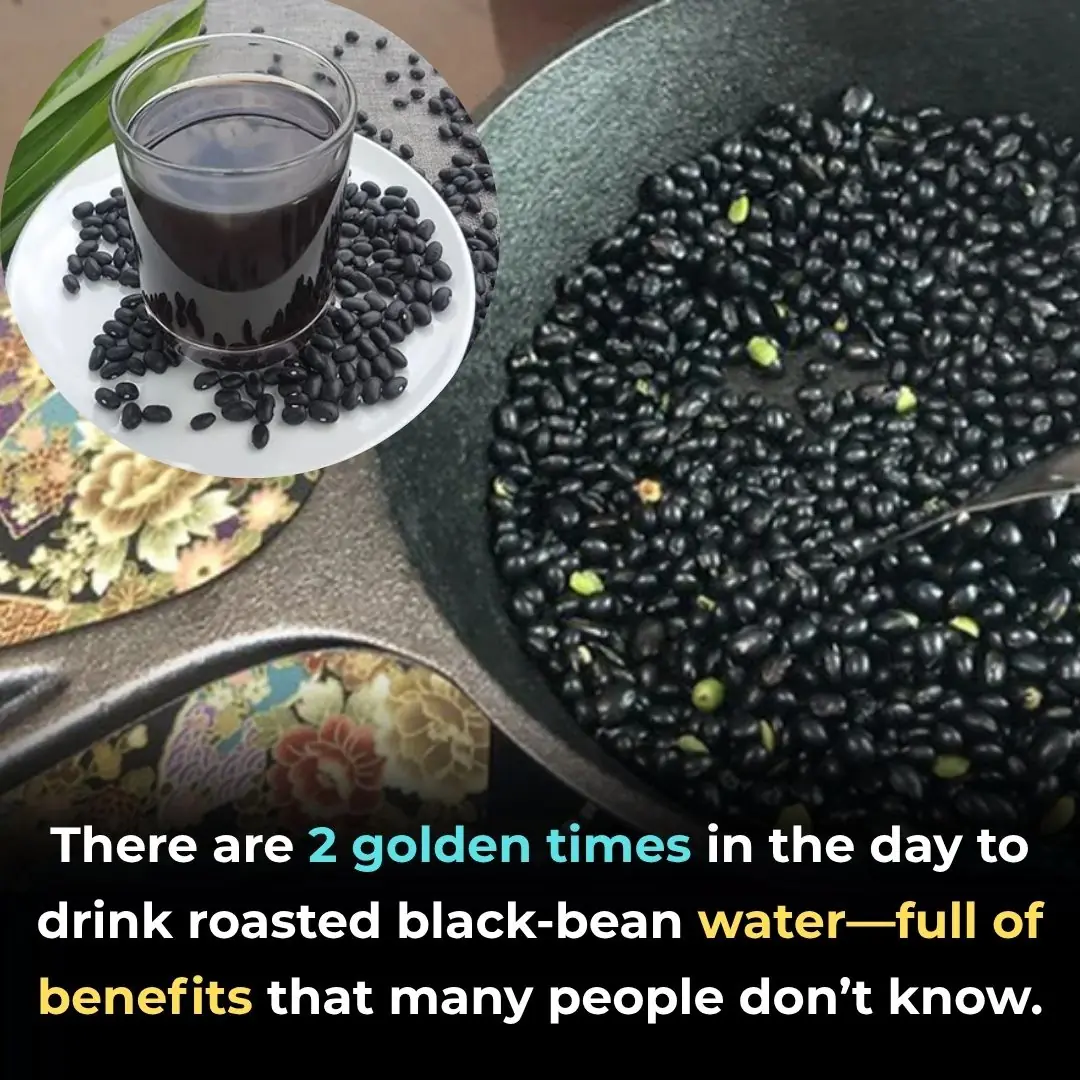
The Two Golden Times of Day to Drink Roasted Black Bean Water — A Small Habit With Big Health Benefits
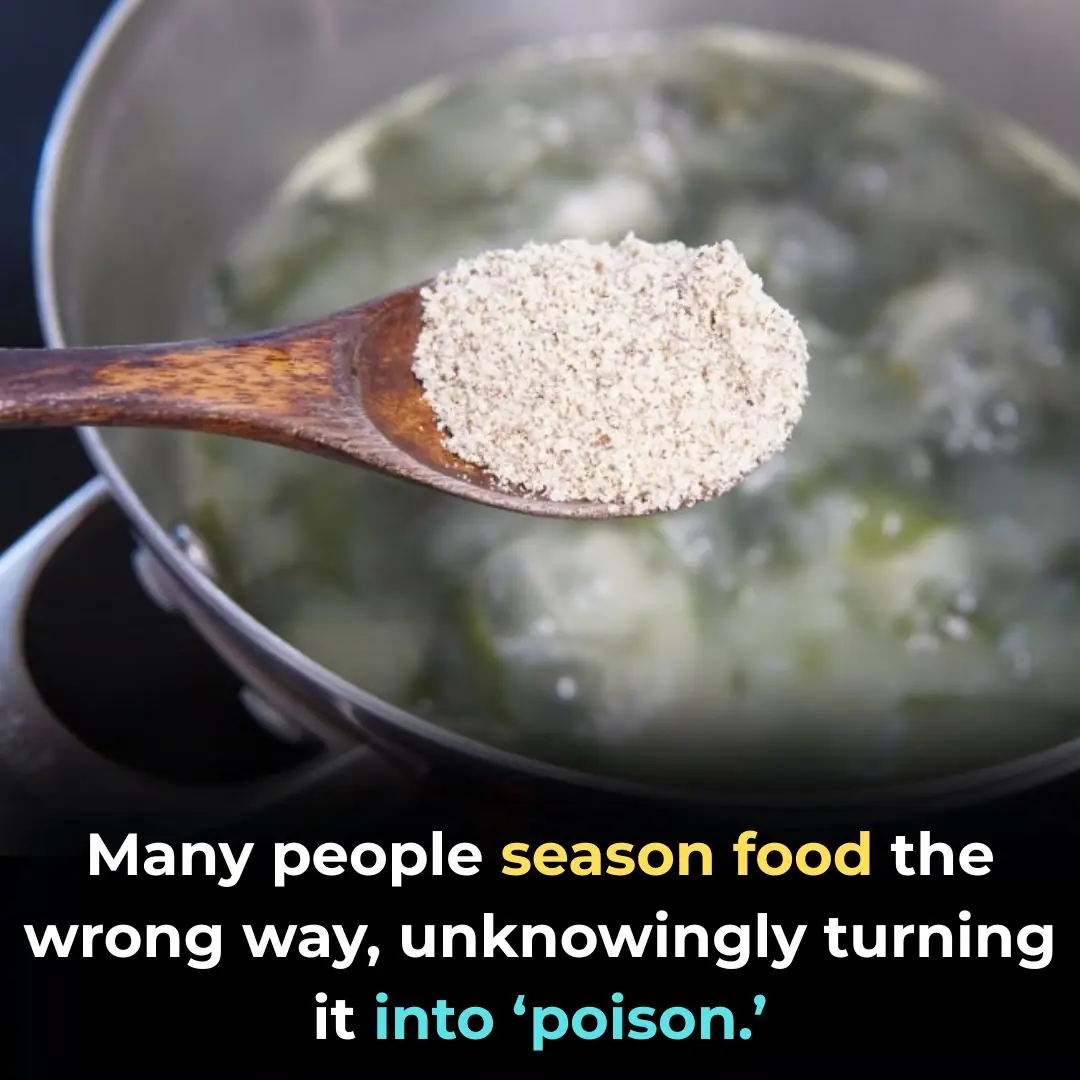
Millions Are Seasoning Food the Wrong Way — Making Meals Less Tasty and Potentially Toxic
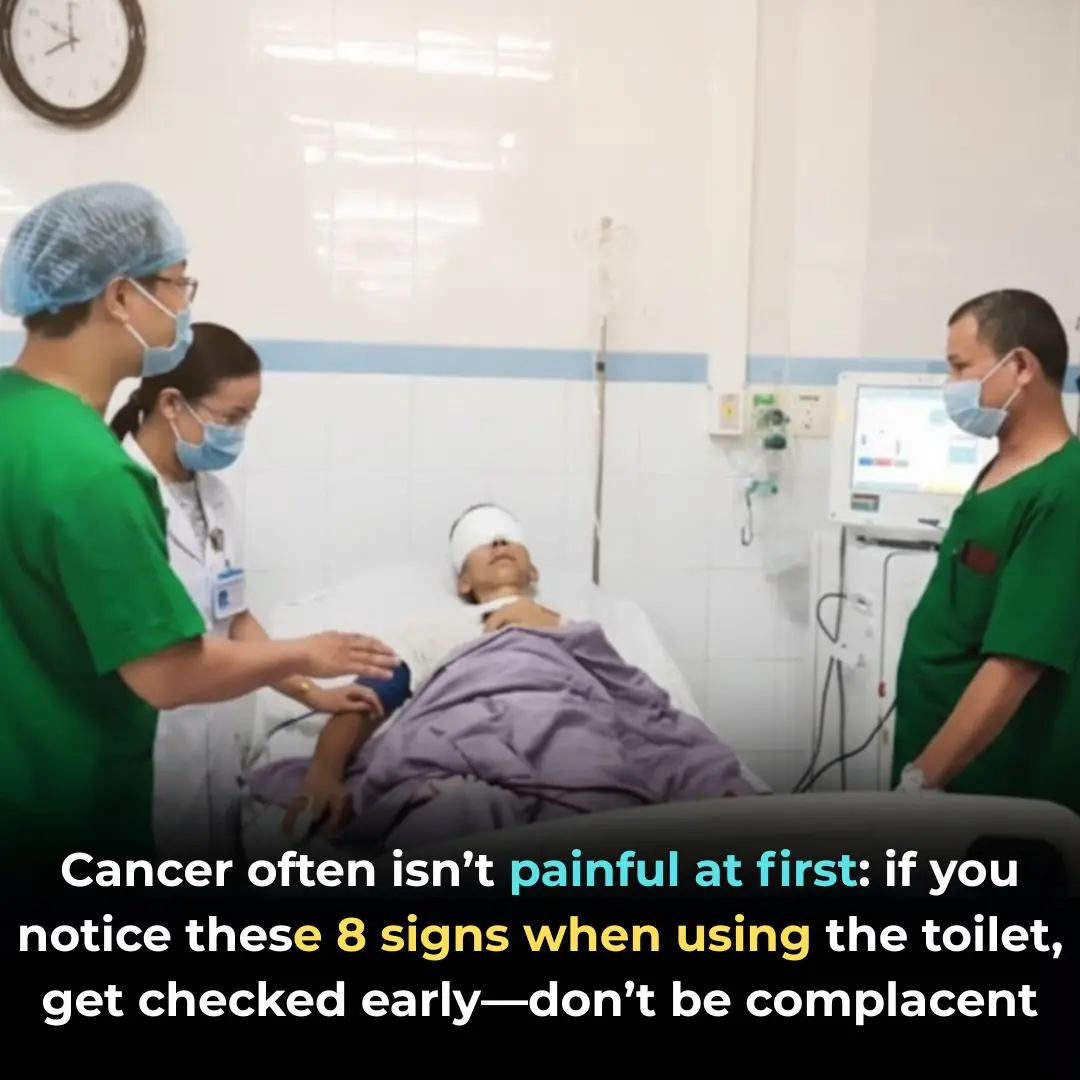
8 Subtle Bathroom Signs That Could Indicate Cancer — Don’t Ignore Them
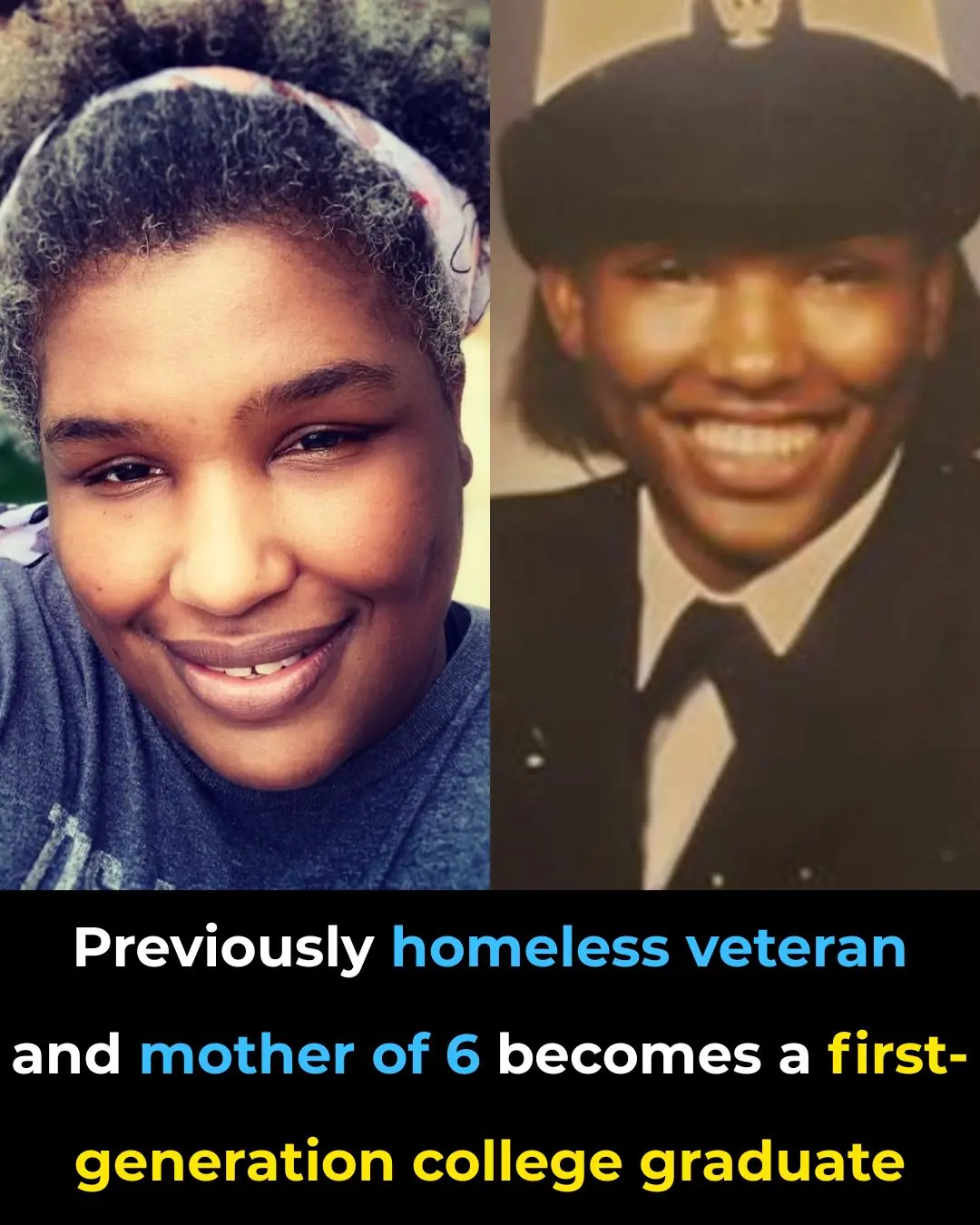
Previously Homeless Veteran and Mother of 6 Becomes A First-Generation College Graduate

Baileigh Sinaman-Daniel Makes NCAA History as First One-Armed Women’s Basketball Player to Score in a Game

California Teen Goes From Compton To Harvard To Oxford As A Rhodes Scholar

Meet The 26-Year-Old Who Became A Rocket Scientist After She Was Enrolled In An Honors Math Class By Mistake

26-Year-Old Entrepreneur Makes History As Owner Of First Black Woman-Owned Tequila Brand In Texas

Michelle Obama & Brother Craig Robinson to Launch New Podcast Giving Their Opinions on Everyday Life

Lori Loughlin Could Get Nothing From 1997 Prenup That Shields Designer Husband’s $100M Fortune
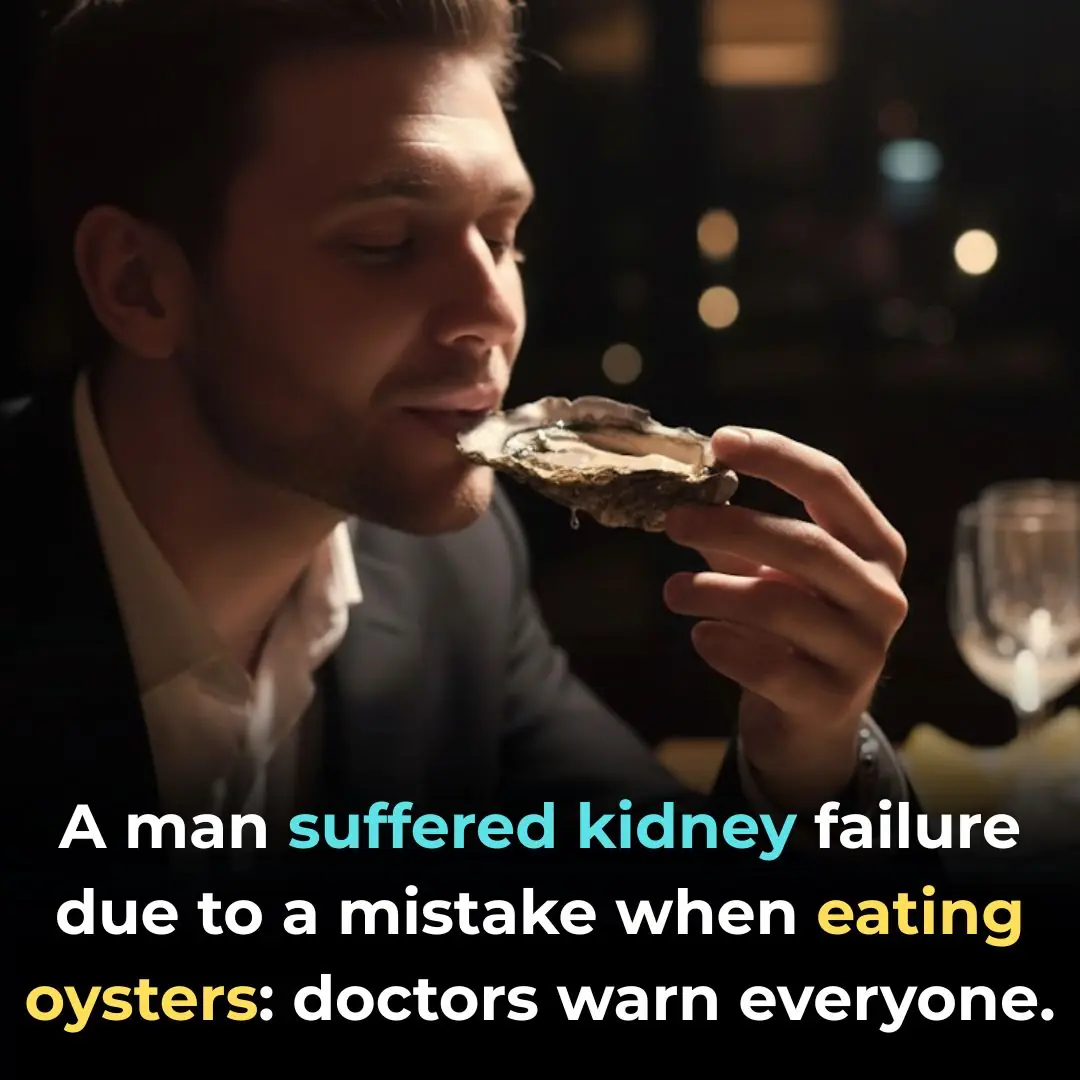
20-Year-Old Man Suffers Acute Kidney Failure After Eating 30 Grilled Oysters — Doctors Reveal the Shocking Cause

How to Clean Moldy Refrigerator Gaskets — Sparkling Clean in Just 5 Minutes

Elon Musk's ex Grimes reveals controversial face tattoo she spent 10 years 'emotionally' working up to

Justin Bieber announces 'wild' tech career move that could earn him millions
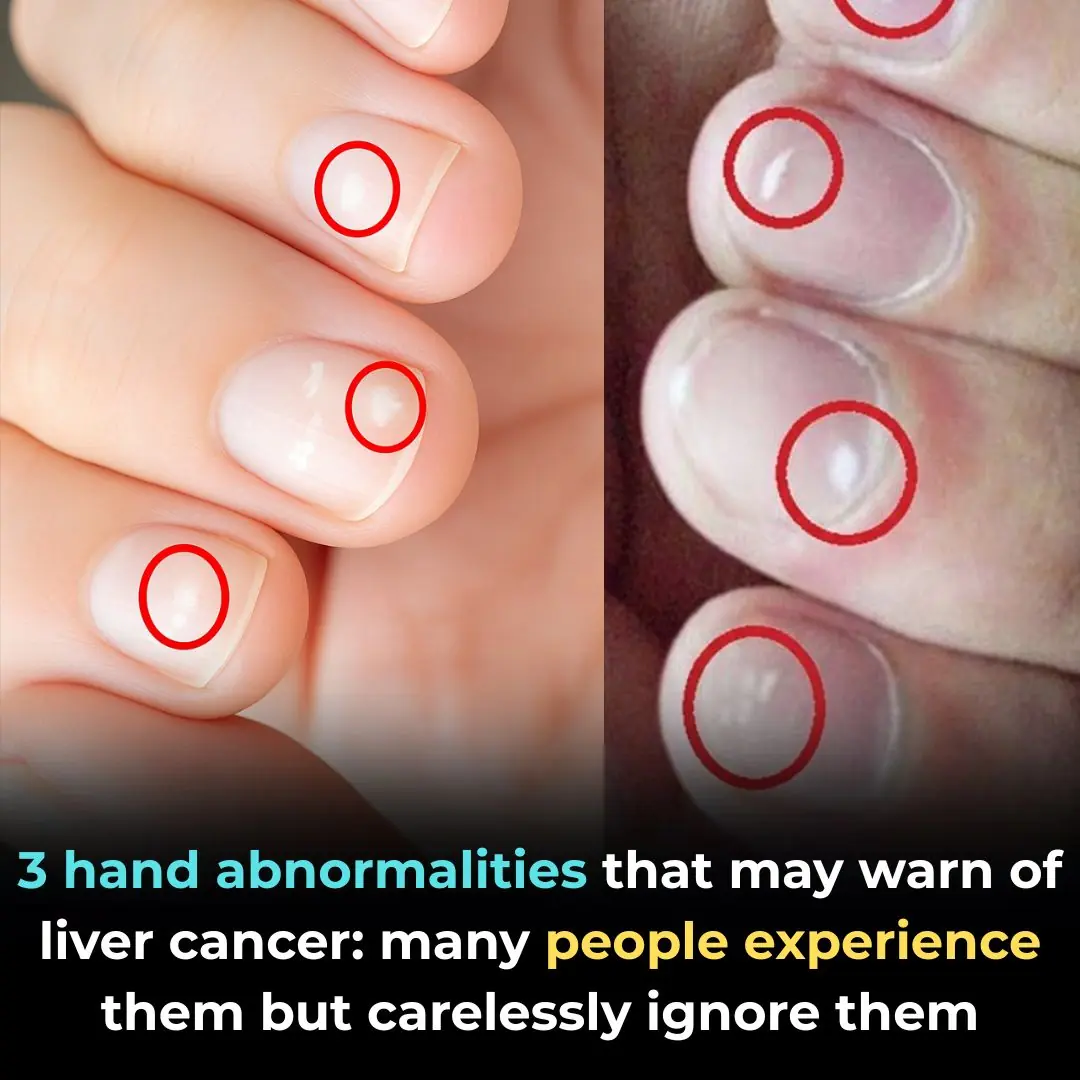
3 Unusual Signs on Your Hands That Could Signal Liver Cancer
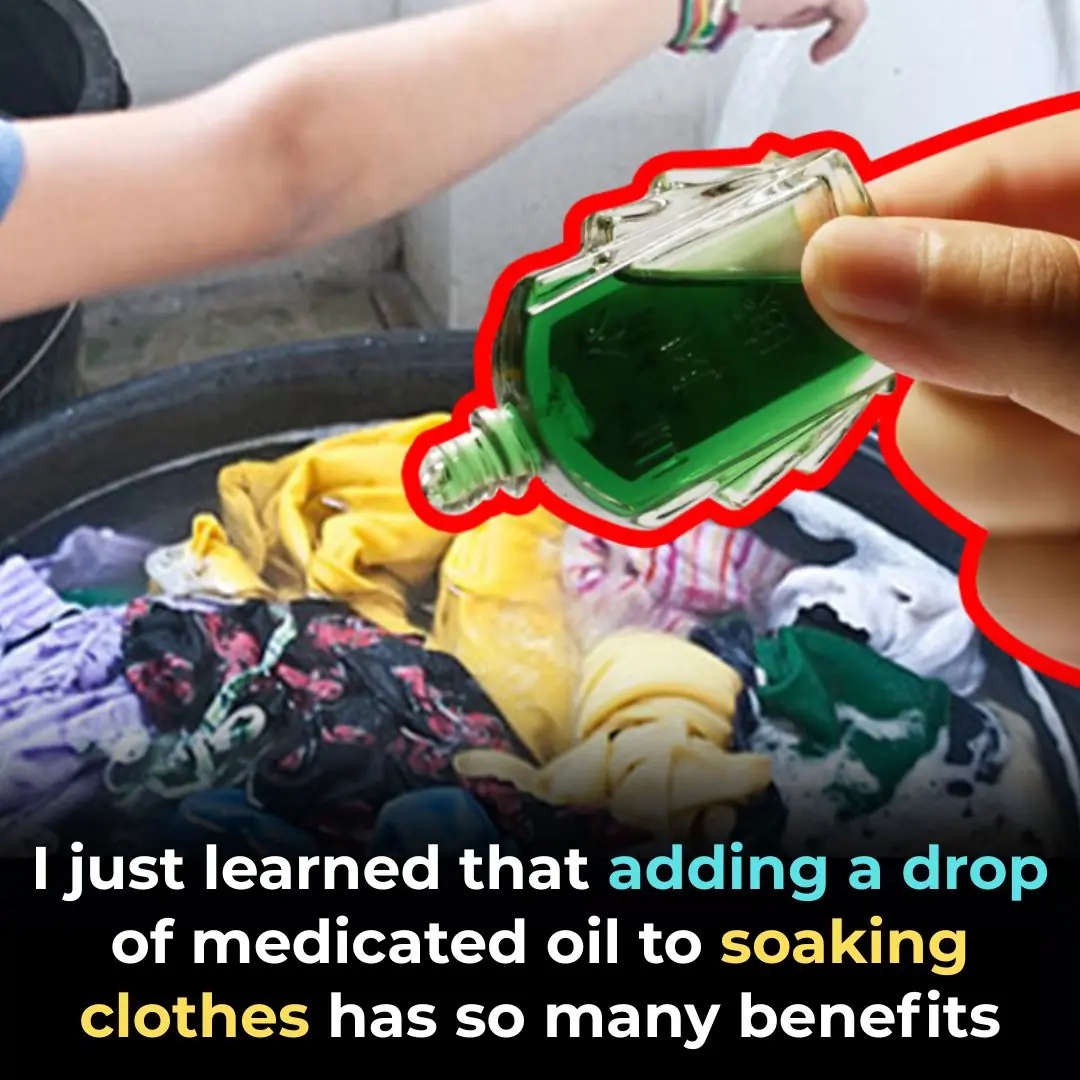
I Just Learned That Adding a Drop of Medicated Oil to Laundry Water Has So Many Benefits
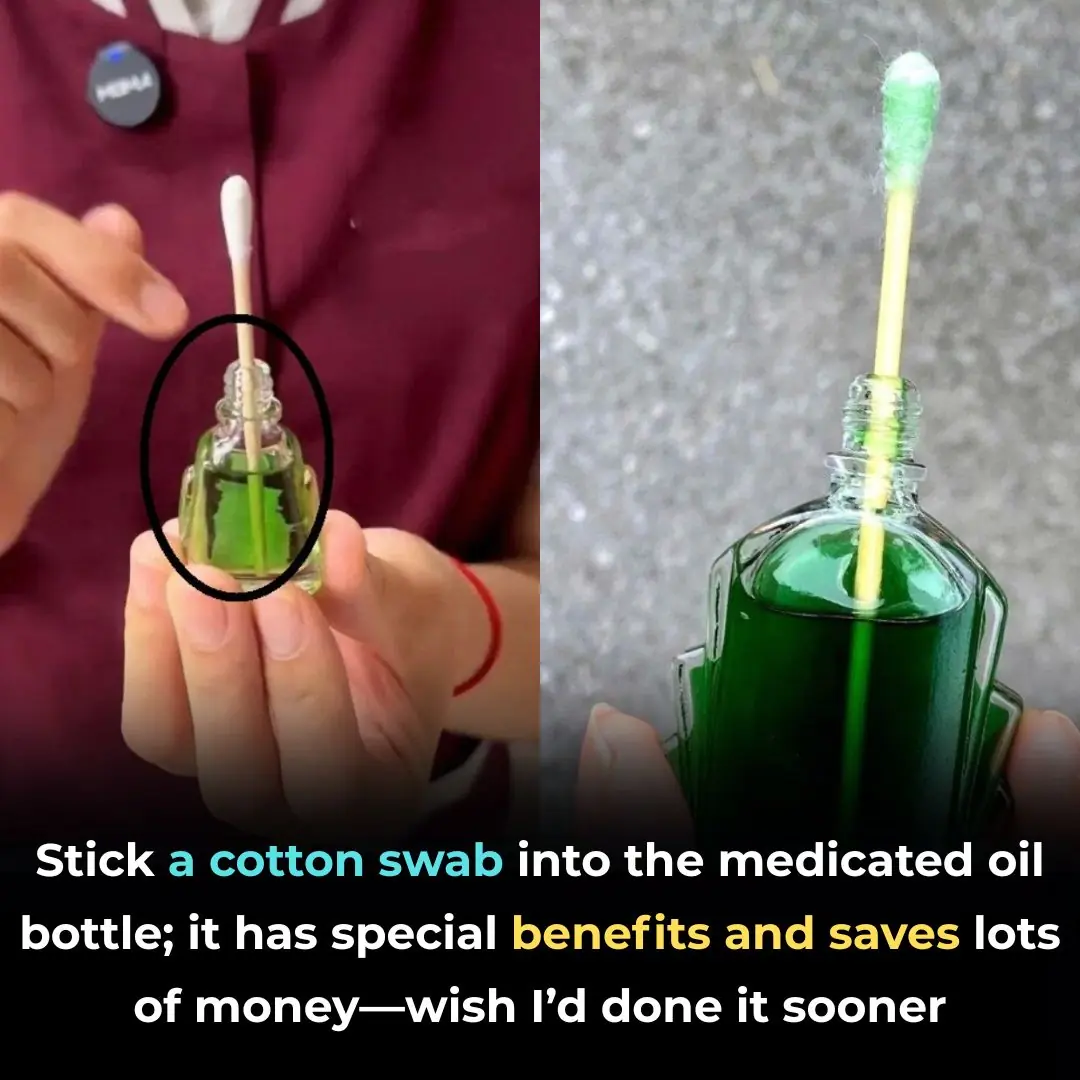
The Unexpected Power of Medicated Oil: What Happens When You Stick a Cotton Swab Inside the Bottle
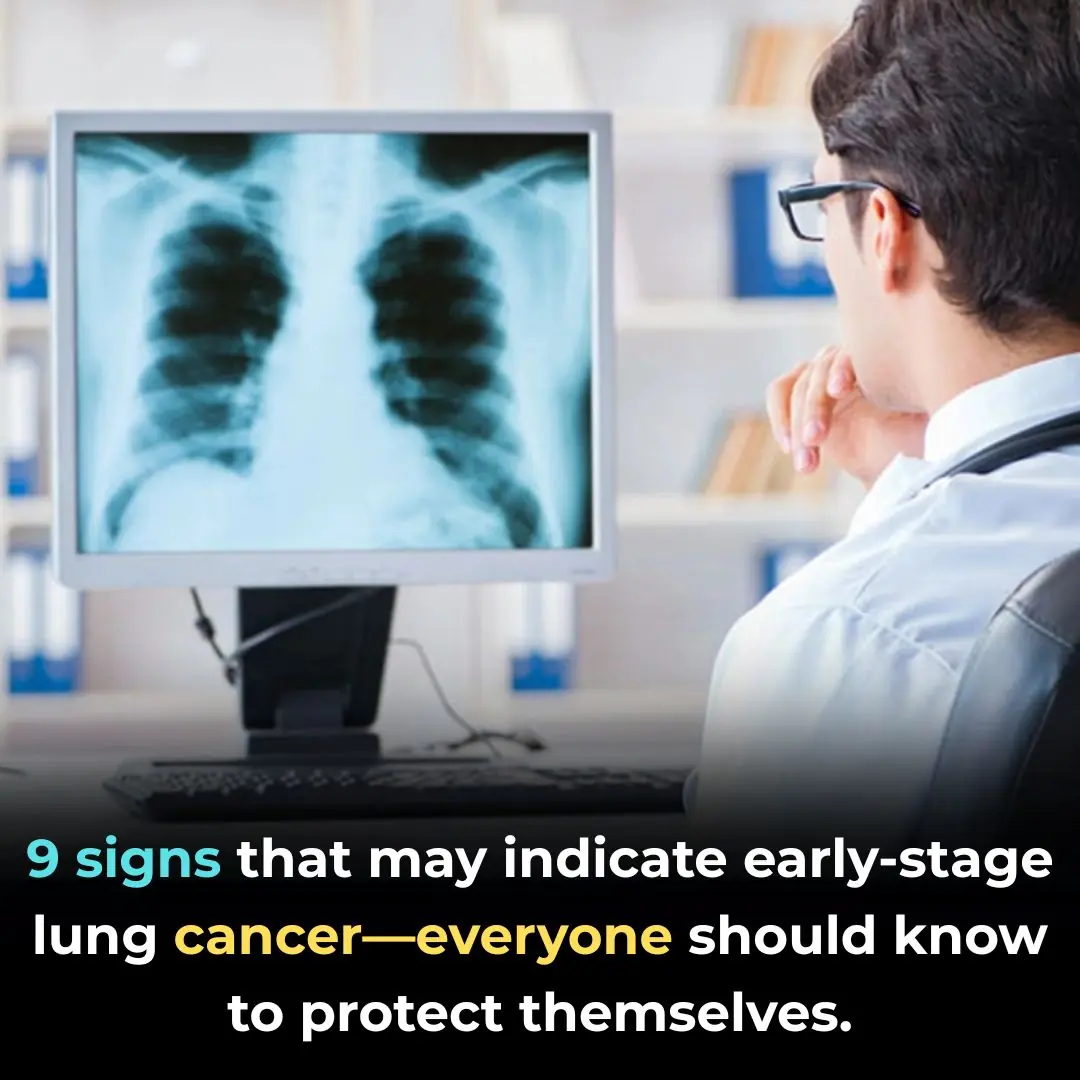
9 Early Warning Signs of Lung Cancer You Should Never Ignore
News Post

3 Surprising Health Benefits of Using a Bidet — for You and the Planet

The Two Golden Times of Day to Drink Roasted Black Bean Water — A Small Habit With Big Health Benefits

Millions Are Seasoning Food the Wrong Way — Making Meals Less Tasty and Potentially Toxic

8 Subtle Bathroom Signs That Could Indicate Cancer — Don’t Ignore Them
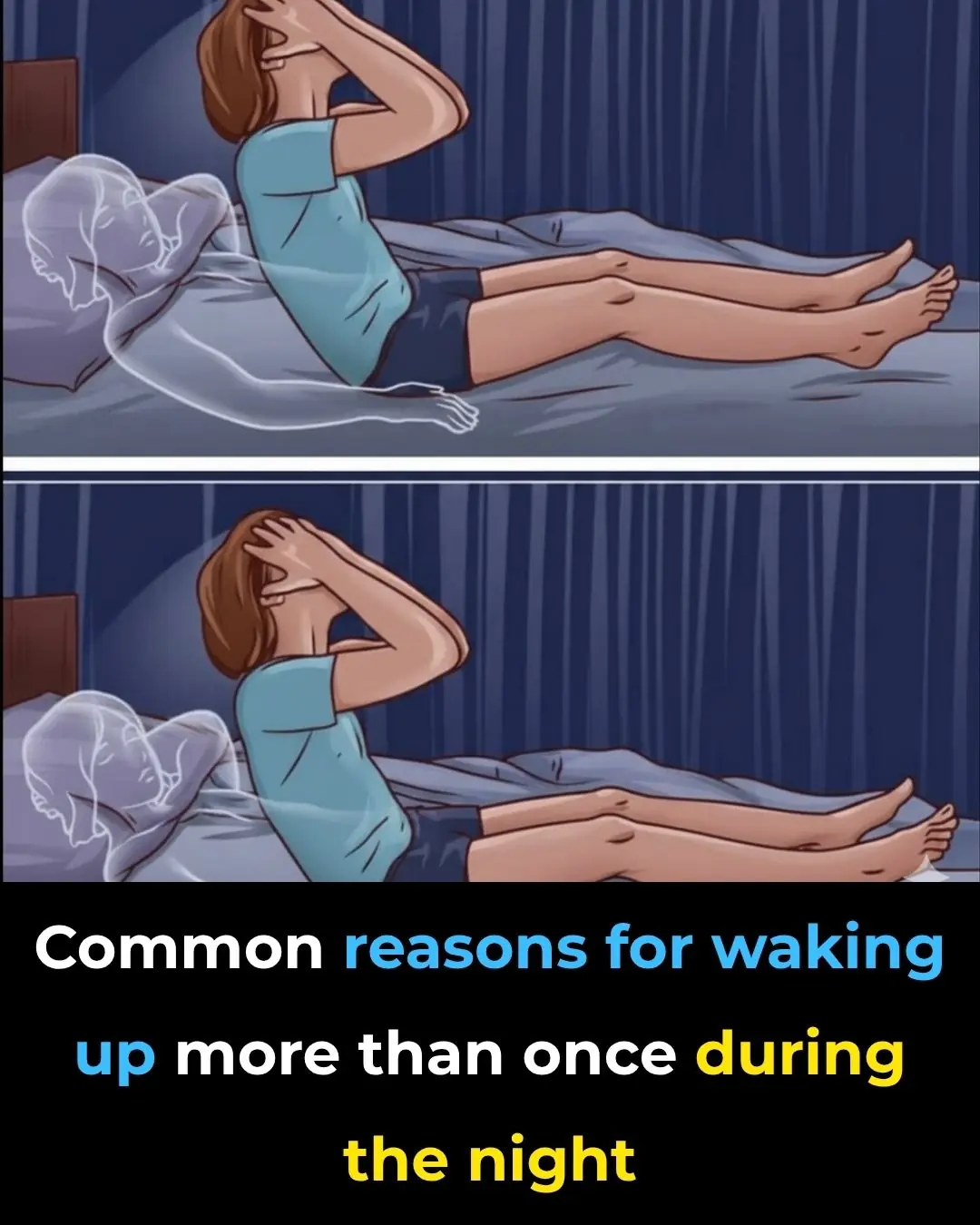
8 Common Reasons For Waking Up at Night

Why Do We Perceive Faces in Ordinary Objects?

Angel the Traveling Cat Launches Global Campaign: “We Are Not Baggage, We Are Living Beings”

The Tie of Humanity: When a Simple Gesture Bridges Two Lives
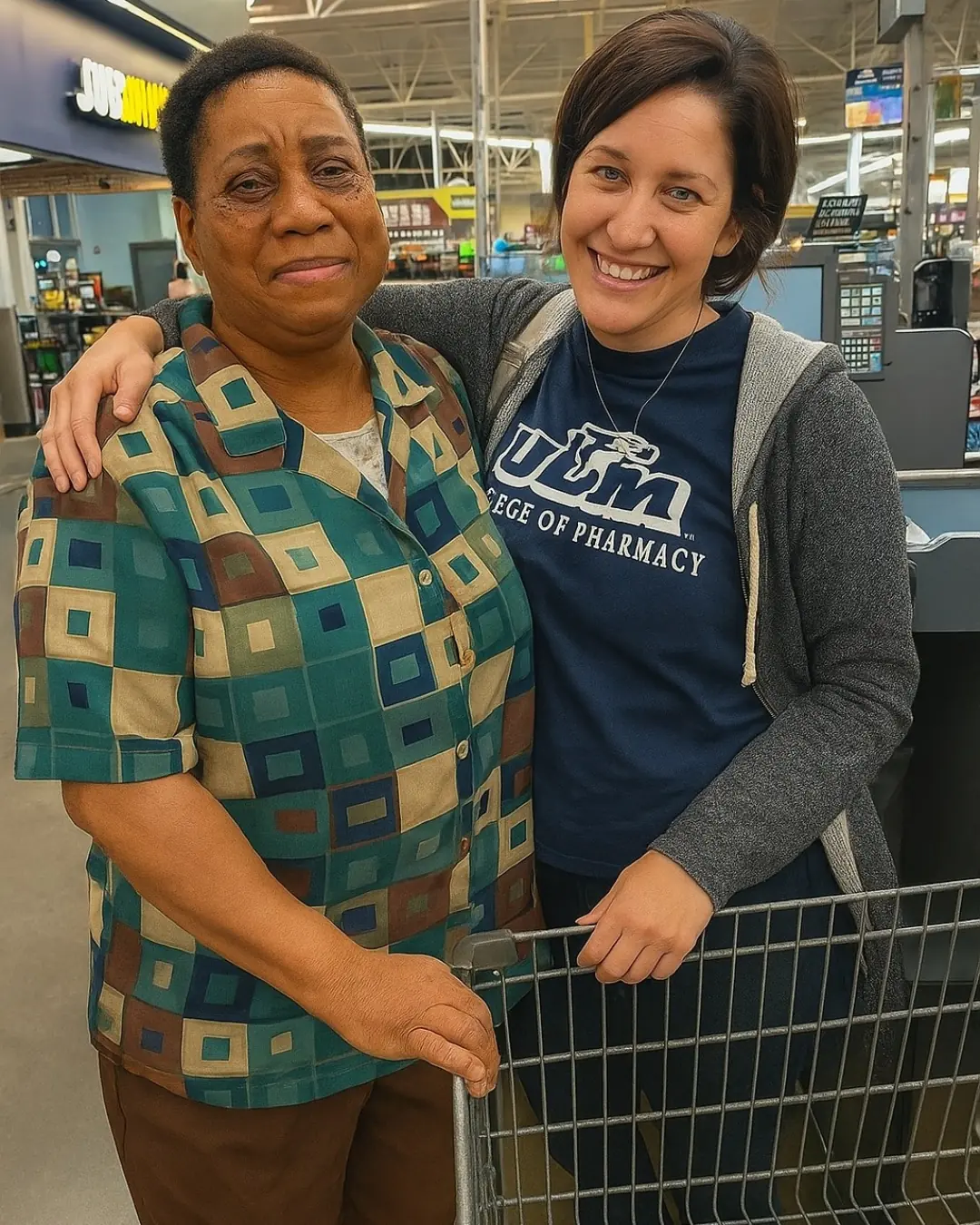
A Lesson in Compassion: How One Encounter Changed My Perspective
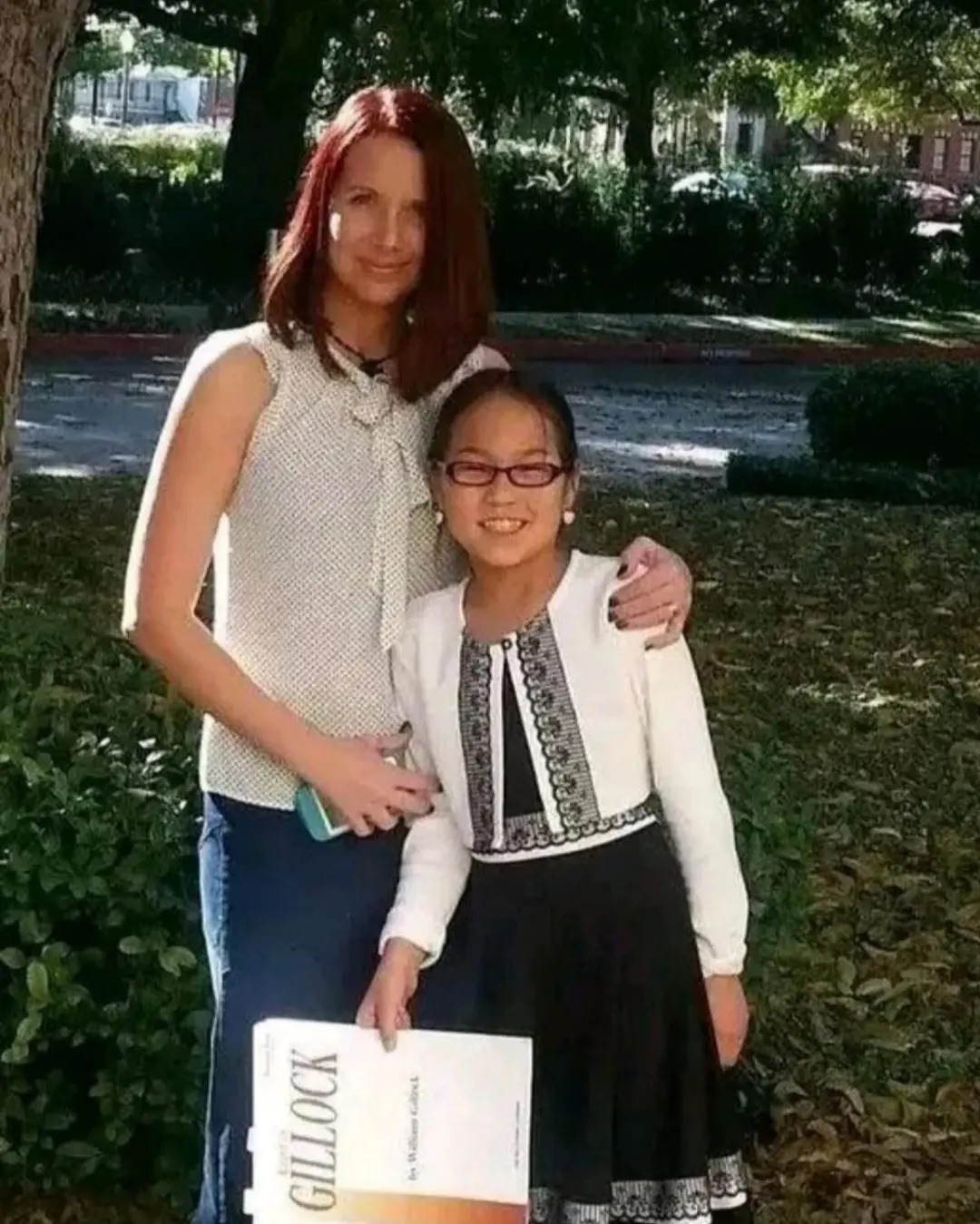
“Yes, I Want Her”: A Mother’s Powerful Response and a Daughter’s Journey of Belonging

Robert Redford and the Lessons of the Horse Whisperer.

Heroes in the Flames: The Firefighters Who Saved More Than Lives.

When Hopscotch Became a Miracle.

The Puppies in the Box: A Story of Rescue and Second Chances.
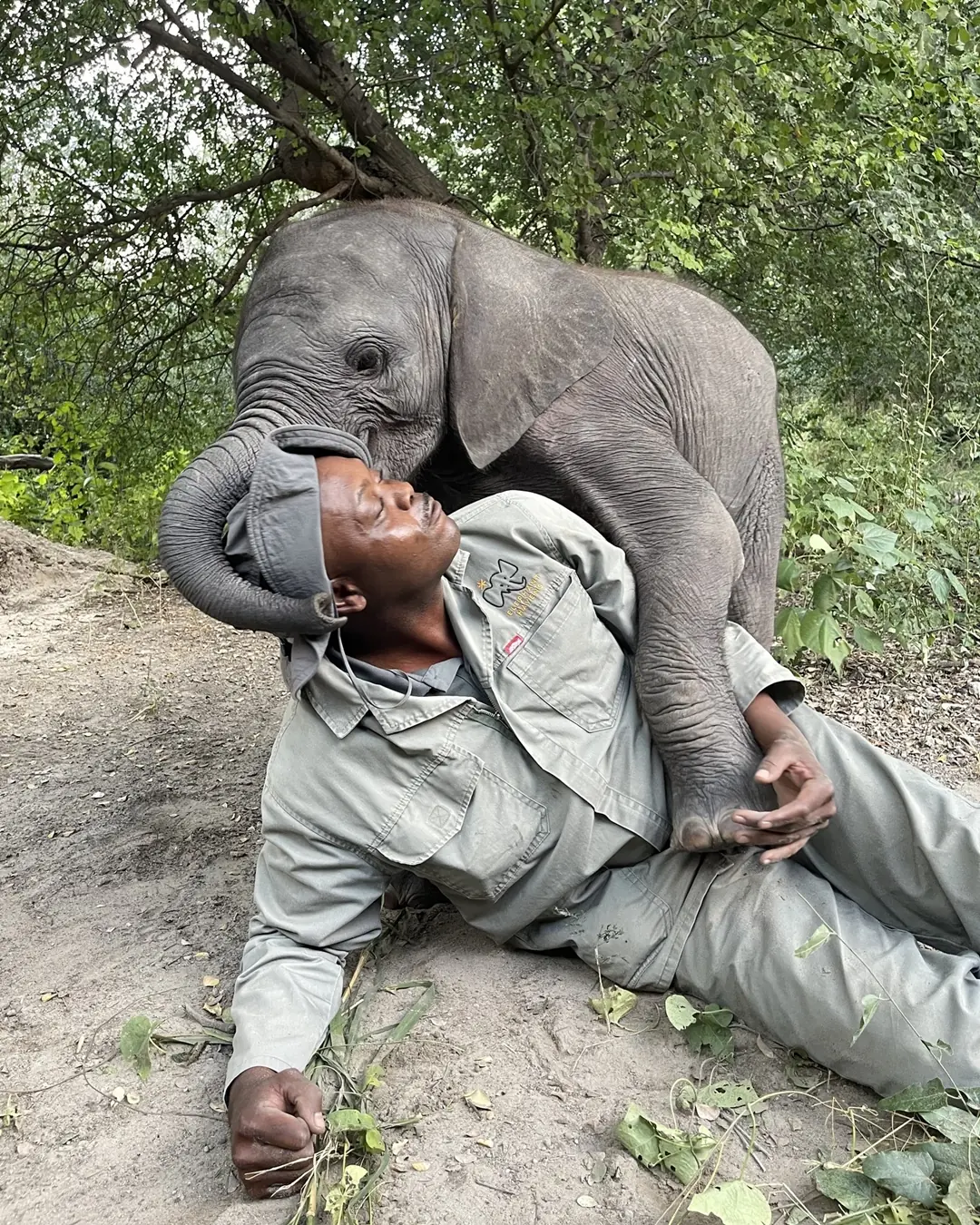
When Rescue Becomes Family: The Story of Baby Joy and KT.

A Mother’s Worst Fear—and a Community’s Relief.
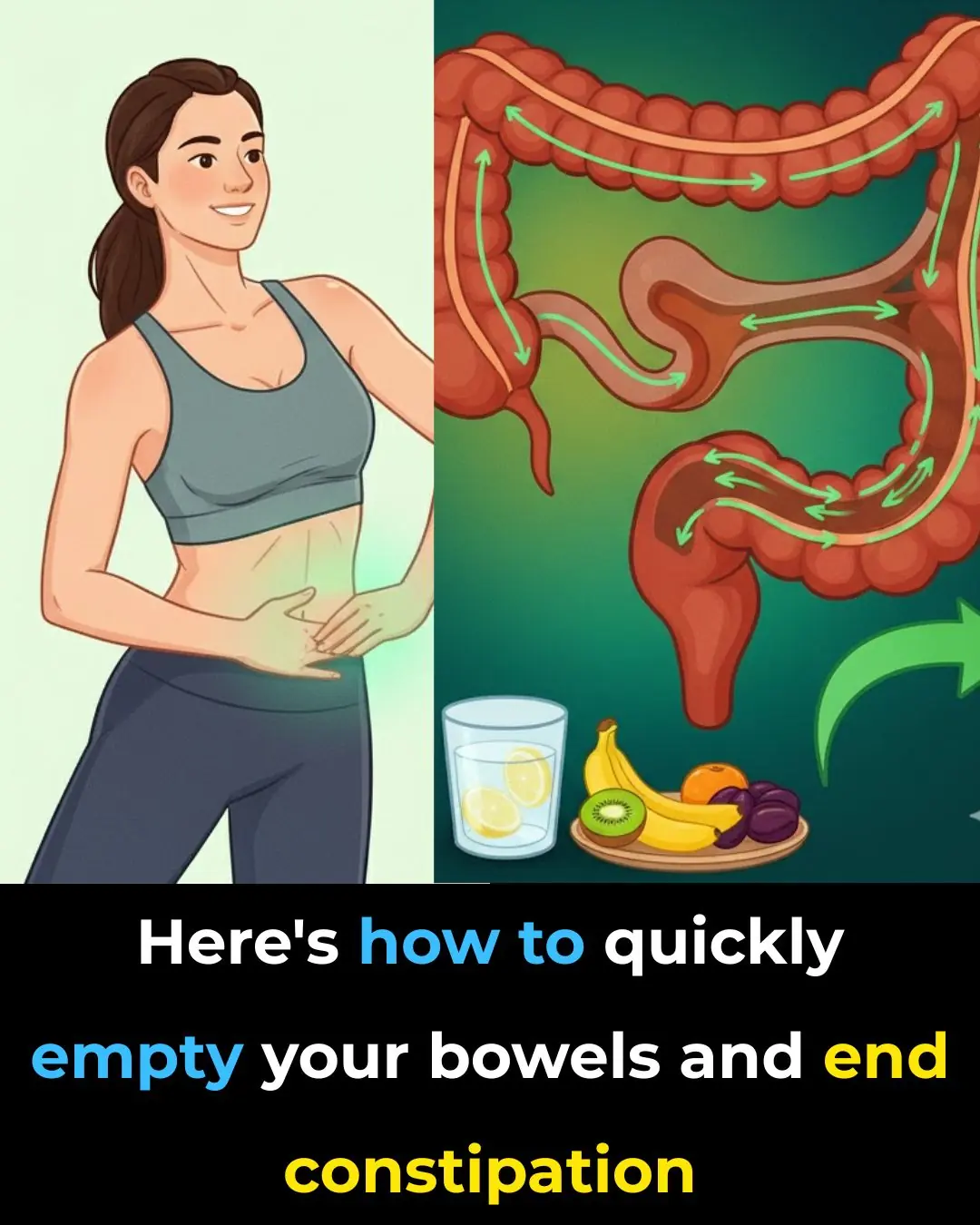
How to Get Rid of Constipation: The Best Home Remedies That Really Work
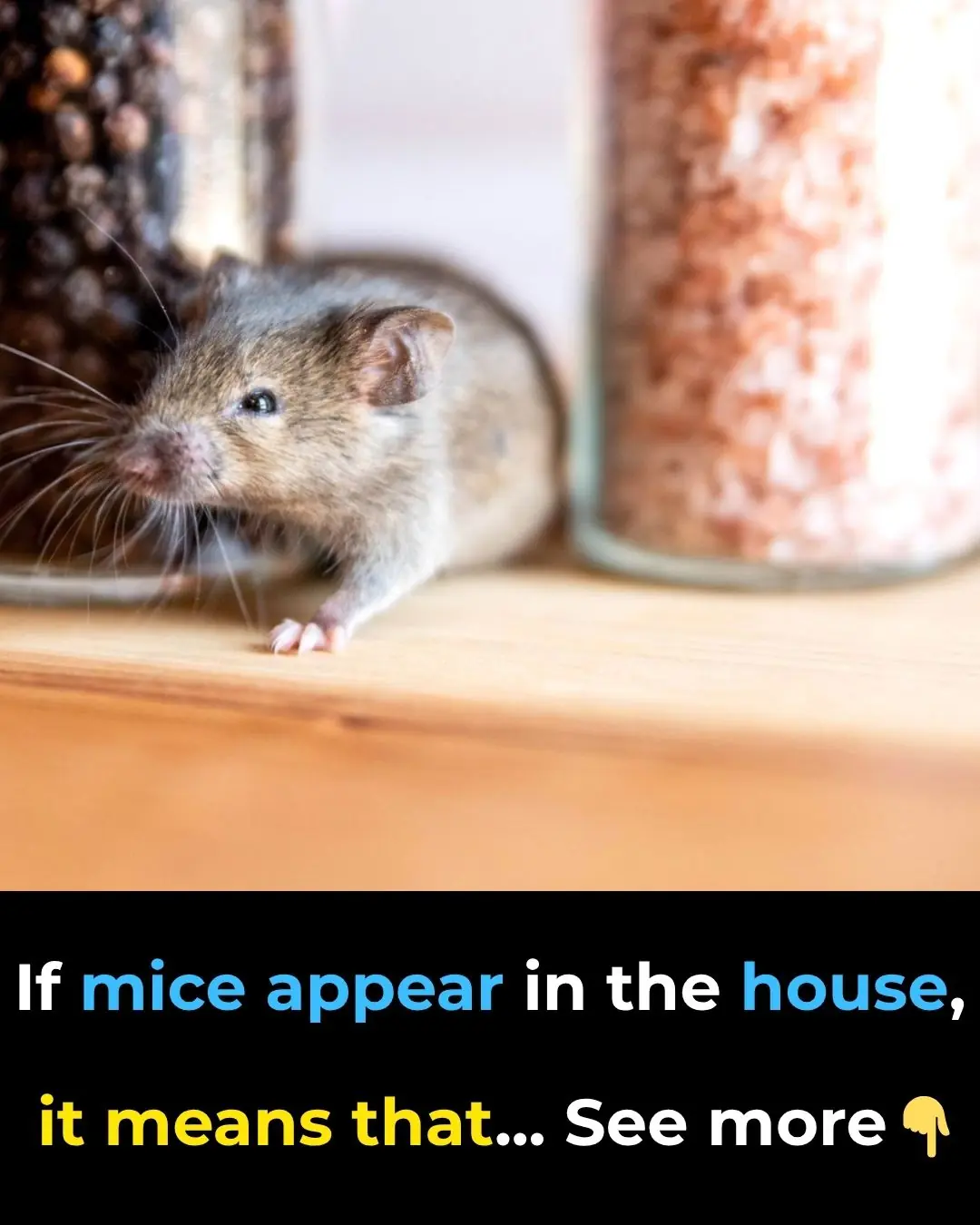
If mice appear in the house, it means that...
